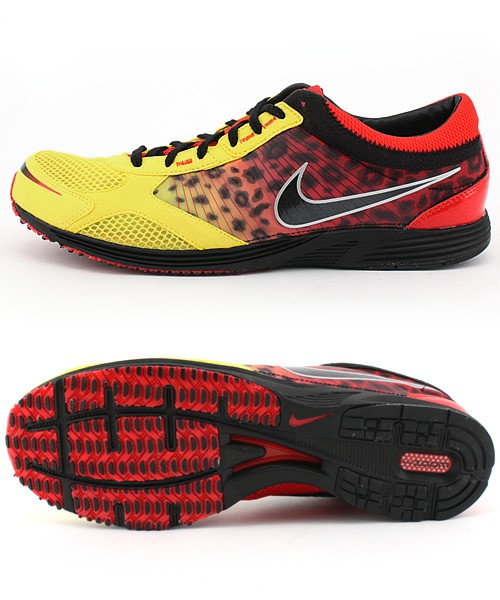 How do we spend our money? Well, the first cut goes to survival: essential goods and services that are absolutely necessary to our survival. Food, housing, medical care are all part of the basic necessities of life. Some, of course, are more necessary than others (we might postpone going to a dentist…but not for long), but there’s a core of stuff that we need to live.
How do we spend our money? Well, the first cut goes to survival: essential goods and services that are absolutely necessary to our survival. Food, housing, medical care are all part of the basic necessities of life. Some, of course, are more necessary than others (we might postpone going to a dentist…but not for long), but there’s a core of stuff that we need to live.
The next tier up from survival is comfort. This is a very large tier—what’s comfort to some is a necessity to others and visa versa. People use their income to increase their general comfort level. This might mean a large house, more comfortable beds, larger selection of clothing. But generally, when we talk of comfort, we don’t include jet setting to Paris for a nice date out on the town. Comfort is about everyday life needs, but more comfortable.
The top tier of our income is the disposable income and it is spent on luxury—the money we have left over from dealing with our needs and comforts; the money we can chose to spend in an extravagant and even wasteful manner. When economists make predictions about the average size of the available disposable income, businesses use this data to estimate the optimal price for luxury products and other non-essential goods and services that people might choose to spend their money on.
Depending on where in the world you live, you have a predictable amount of disposable income. Clearly some have more (a lot more) than others, but we are talking about the general population here, the average citizen. So companies have to figure out ways of wooing the public with their products to encourage them to spend their disposable income on their brands. And here’s where Emotional Design can make a difference.
There are products that evoke such a strong emotional reaction among a subset of consumers that they are willing to forgo some of the comfort and even survival needs to have them. Consider sneakers and take a minute or seven to watch the video below.
A basic necessity item—a shoe—transformed from a mere piece of clothing into a statement of an identity. More then that, individuals that focus part of their identity on these shoes are willing to sacrifice their basic needs to obtain these products in luxury quantities. Sneakers become more than foot ware, they are objects of art, collector’s items, status symbols. The emotional draw of this product is so strong that some consumers are willing to cross legal lines and cultural taboos to get them. That’s the power of emotional design!
Culture & Branding
Consider this collection: Nike Dunk Collection Obsession Why? At hundreds of pairs and thousands of dollars worth of investemnt, this is NOT a basic need to shoe one’s feet. This is an obsession—an emotional response (or over-response) to an impulse to purchase a product.
Culture is defined as a those aspects of social patterns, knowledge, customs, and language that get passed on to members of a particular group. These groups could be quite small in size, as in office workers of a small branch of a paper-selling company in an upstate New York, or as large as citizens of United States of America. It all depends on how we want to slice up the population, how fine grain we want our distinctive variabilities to be. Members of one culture can usually easily identify each other by the turn of a phrase, by the clothing they choose to wear, by actions they take, by the food they like, and so on. Members from different cultural groups might have problems understanding each other even if they speak the same language.
As the movie above shows, at some point Nike Air became the focal point for a particular culture in New York City. Members of this culture became obsessed with a product and used it to express their individuality as well as a membership in a culture. Few products can boast to achieve such branding success.
Emotional design can transform a basic need into a highly desirable luxury for a narrowly-targeted and culturally-distinct population. And in some cases, the culture develops around the product itself.
